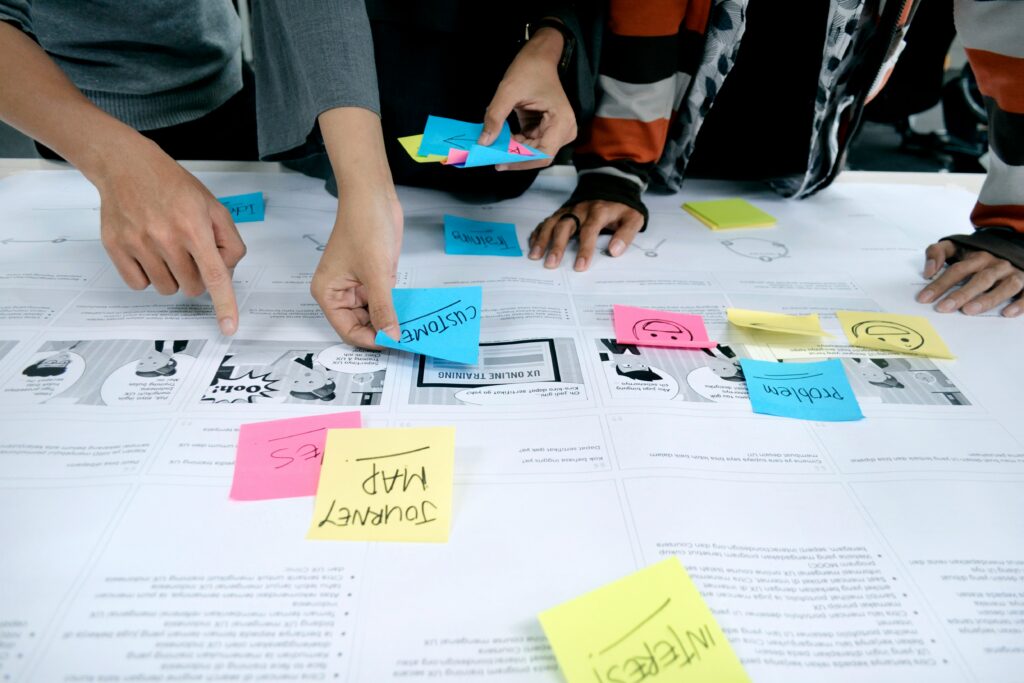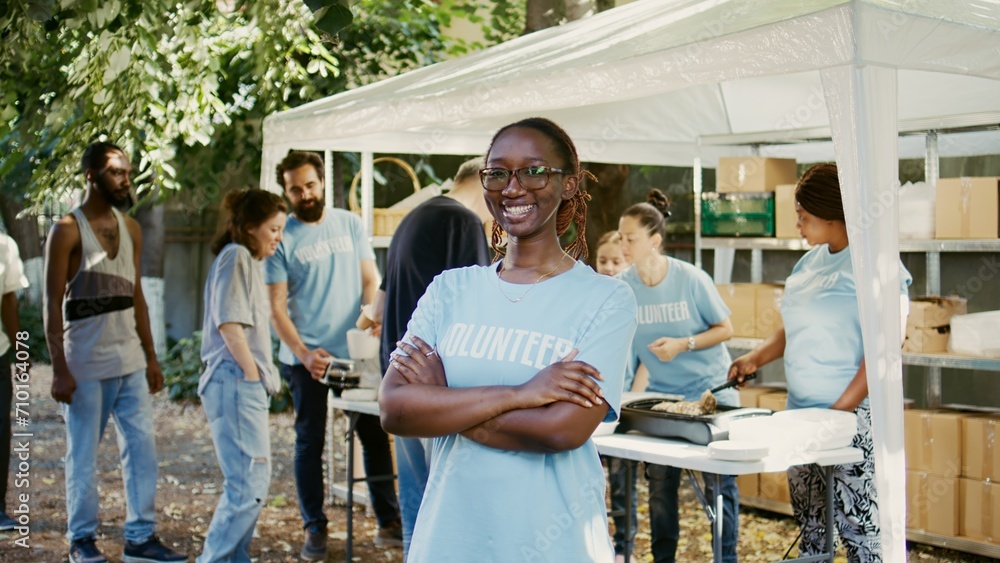Social Impact Design: How to Make People See What Your Nonprofit’s Work Really Means
For three years, a grassroots health initiative in northern Nigeria consistently reduced maternal deaths in its focus community. Yet each grant cycle, they were passed over. Their reports were thorough. Their proposals were data-rich. But something was still not clicking. Then, one year, they tried something different. A redesigned impact report led with the story of Hauwa, a 19-year-old mother whose life was saved by the program. Her photo, quiet, defiant, alive, was on the first page, and a simple illustration showed the three-hour journey she took on foot. Bright typography framed the narrative. By the end of the month, the report had been forwarded 87 times. Their Twitter notifications blew up with mentions; people were finally seeing their good work. That’s the power of social impact design. Most African nonprofits don’t have a translation problem, so much so that their message is neither seen nor felt, even though their work is impactful and beneficial to society. If you can relate to this, you’ve struck gold, as today, we will share tips from our years of work with nonprofits on what social impact is and how it can solve that problem for you. Social impact design turns your flat, abstract message into a fiery, visceral story that communicates the urgency and sparks reactions from your audience. This guide unpacks what social impact design actually is, why it matters in the African nonprofit context, what good design looks like, and how nonprofits can start, even without a budget or in-house team. What is Social Impact Design? At its core, social impact design is the strategic use of visual, spatial, and storytelling tools to make social change visible and emotionally legible. It’s not just about logos or layouts. It’s about translating impact into visual language that cuts through noise and connects to emotion. When social impact design is in action, you see it in deliveries like the turning of a policy win into a poster people remember. Unlike commercial design, which often centers product, profit, or prestige, social impact design centers people, specifically those most affected by the issues at hand. It visualizes dignity, not just data. It holds complexity, not just convenience. For African nonprofits, this distinction matters. Much of the work being done on the continent involves deeply systemic challenges such as climate resilience, generational poverty, civic exclusion, and gender-based violence. These are not things that can be easily “shown” in a bar graph, especially in external communication endeavors. However, you can surface them visuals that carry emotional truth: a photograph that shows lived reality, a color palette that evokes urgency, a design structure that prioritizes local languages and cultural context. And in today’s attention economy, this work isn’t optional. People are not just choosing what to fund, they are also choosing what to notice. Therefore, social impact design ensures your mission is compelling and chosen, thereby opening up opportunities to attract supporters and donors. Simply put, social impact design can be what moves someone from “I don’t get it” to “I need to be part of this.” Why Traditional Communication Doesn’t Cut It Think back to your design outputs for the past two months: if you weren’t a part of the organization, would you have understood the message? Most communications materials in nonprofit engagements today are failing because they don’t register and lack the ability to stay memorable. Open a typical nonprofit report, and you’ll often find data-heavy charts, dense narrative, and institutional language shaped more by donor templates than by community voice. These reports may document real progress, but they rarely invite emotional connection. Even well-designed decks often fall flat. Their structure reflects internal logic — the organigram first, program list next — rather than the emotional rhythm that helps an external audience engage. By the time a potential donor or advocate reaches the outcomes, the urgency has already evaporated. Then there’s the failure in delivery, with PDF files that are too long to forward, social posts that are more or less summaries of longer internal documents, and impact statements that sound important but feel distant. The challenge is that the frameworks most nonprofit organizations follow were never built for resonance in the first place; they were built for accountability. And when you’re trying to raise awareness, build trust, or mobilize public support, accountability matters, but resonance is paramount. The resonance gap is always visible. Elements of Good Social Impact Design Below are five core elements that shape how social change is seen, felt, and remembered when designed with intention. Typography that Reflects Tone Typography sets the emotional temperature before a single word is read. Rounded, humanist fonts often create warmth, while sharp sans-serif typefaces signal boldness or urgency. But beyond aesthetics, what matters is legibility across devices and formats. Too many nonprofits default to fonts embedded in templates or presentation tools, without considering tone. A land justice campaign shouldn’t feel corporate. A community care initiative shouldn’t read cold. When selecting type, ask, “does this feel like us?” More importantly, “does it feel like the people this work is for?” A well-chosen typeface can hold dignity, carry voice, and quietly affirm that this message wasn’t imported but built with context in mind. Imagery that Centers People, Not Pity Photographs are not illustrations. They are emotional documents. Yet many nonprofit materials fall into one of two traps: overly abstract images that communicate nothing specific, or trauma-heavy visuals that strip context and reinforce hierarchy. Good social impact design uses imagery with purpose. The strongest photos are often the quietest; the kind that show someone in their own space, not arranged for external consumption. Portraits should be taken with consent. Subjects should be clothed in dignity, not aestheticized in struggle. And wherever possible, photos should reflect participation and involvement. This signals to others that they can also join the movement. Layouts That Guide, Not Overwhelm The difference between a report people read and a report people skim is often the layout. Dense paragraphs, crowded tables, and visual clutter all slow




